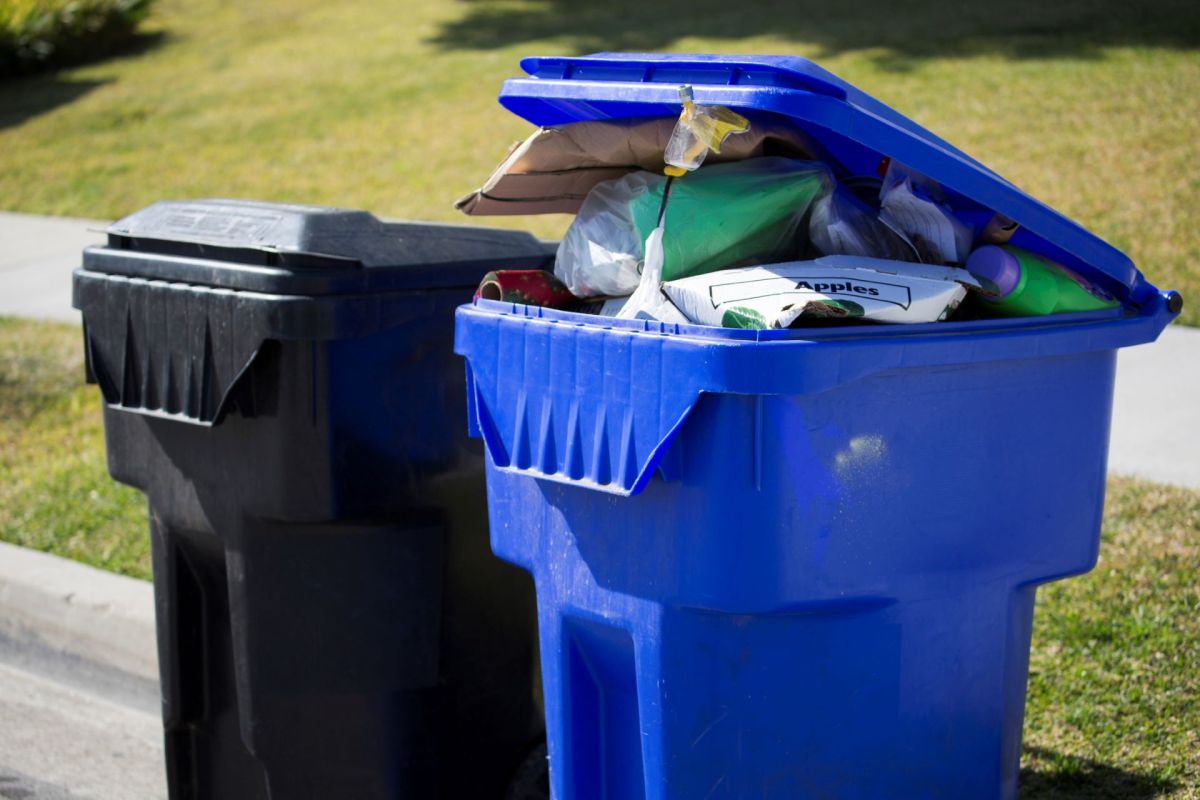Although the cost of household recycling programs increased dramatically during the pandemic, a new study revealed that they could still make financial sense with a little adjustment, according to a study shared by the University of Florida.
Curbside recycling is the most iconic, easily accessible way for many American households to protect the environment. It's been promoted nationwide since the Resource Conservation and Recovery Act of 1976, which included provisions for recycling programs to reduce the amount of waste being created.
But in the last twelve years, the yearly cost of operating this type of program has gone from $3 per household to between $34 and $42, according to the study.
Several factors contributed to the change. According to the research conducted by Florida Polytechnic University, restrictions on recycling programs started to tighten in 2018 and changed even more thanks to the emergence of COVID-19. Meanwhile, the market for recyclable materials shifted, making them less profitable to sell.
Because of these costs, many local governments have slashed recycling programs. But this new study revealed that these programs are still worthwhile — they just need a few tweaks.
In the study, Timothy Townsend and Malak Anshassi, two professors at Florida Polytechnic, compared the cost of recycling and garbage pickup with the cost of garbage pickup alone. They wanted to check whether the resale value of recyclables could cover the increased cost and whether the positive impact on the environment was worth the effort.
What they found was that there were many options for making the program cost-effective and that the benefit to the environment was worthwhile.
"Recycling is a public service provided by local governments to their residents, just like providing water, sewer, roads," Townsend told University of Florida News. "It is a service that does have an expense, but it always has."
The study found that focusing on the most valuable and beneficial materials — newspaper, cardboard, aluminum and steel cans, and bottles made of HDPE and PET plastic — was the most effective way to offset the cost of the program.
The researchers also recommended that local and state governments could shift some of the burden to manufacturers by requiring them to use a certain amount of recycled packaging or cover some recycling costs.
"If we learn collectively to recycle better, we can reduce the costs to pretty much break even," Townsend said. "From an environmental perspective, that's a good return on your investment."
Join our free newsletter for cool news and actionable info that makes it easy to help yourself while helping the planet.









